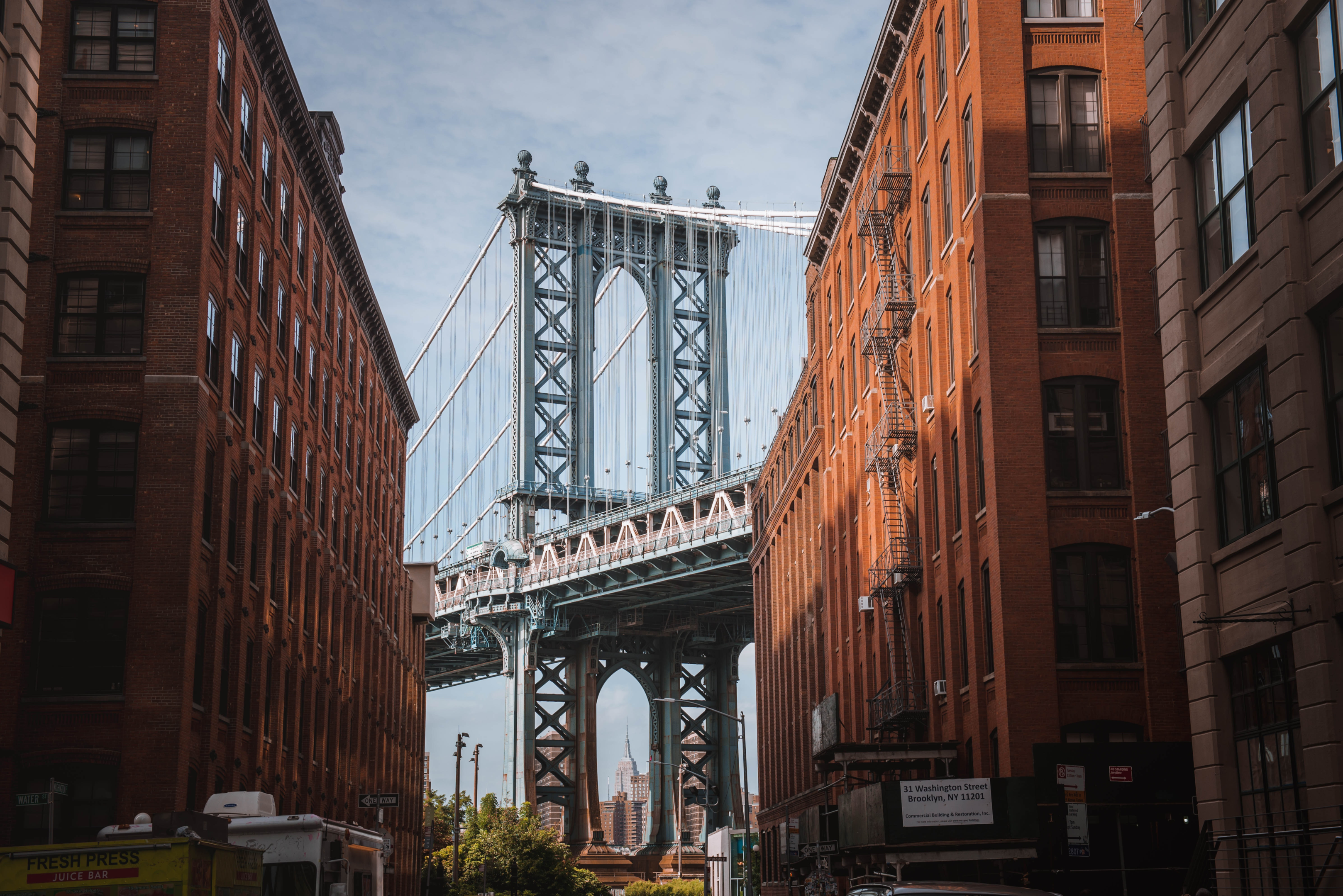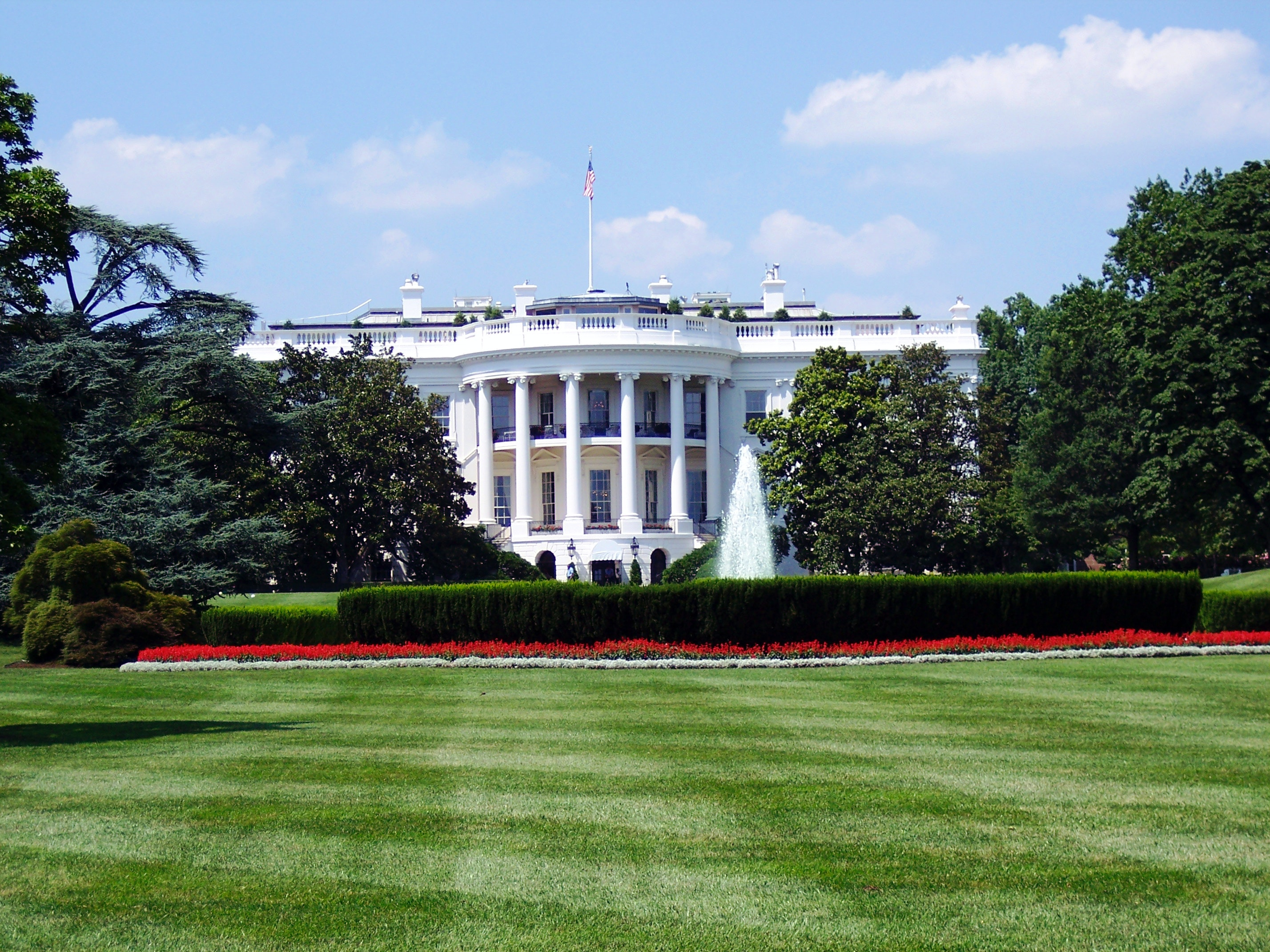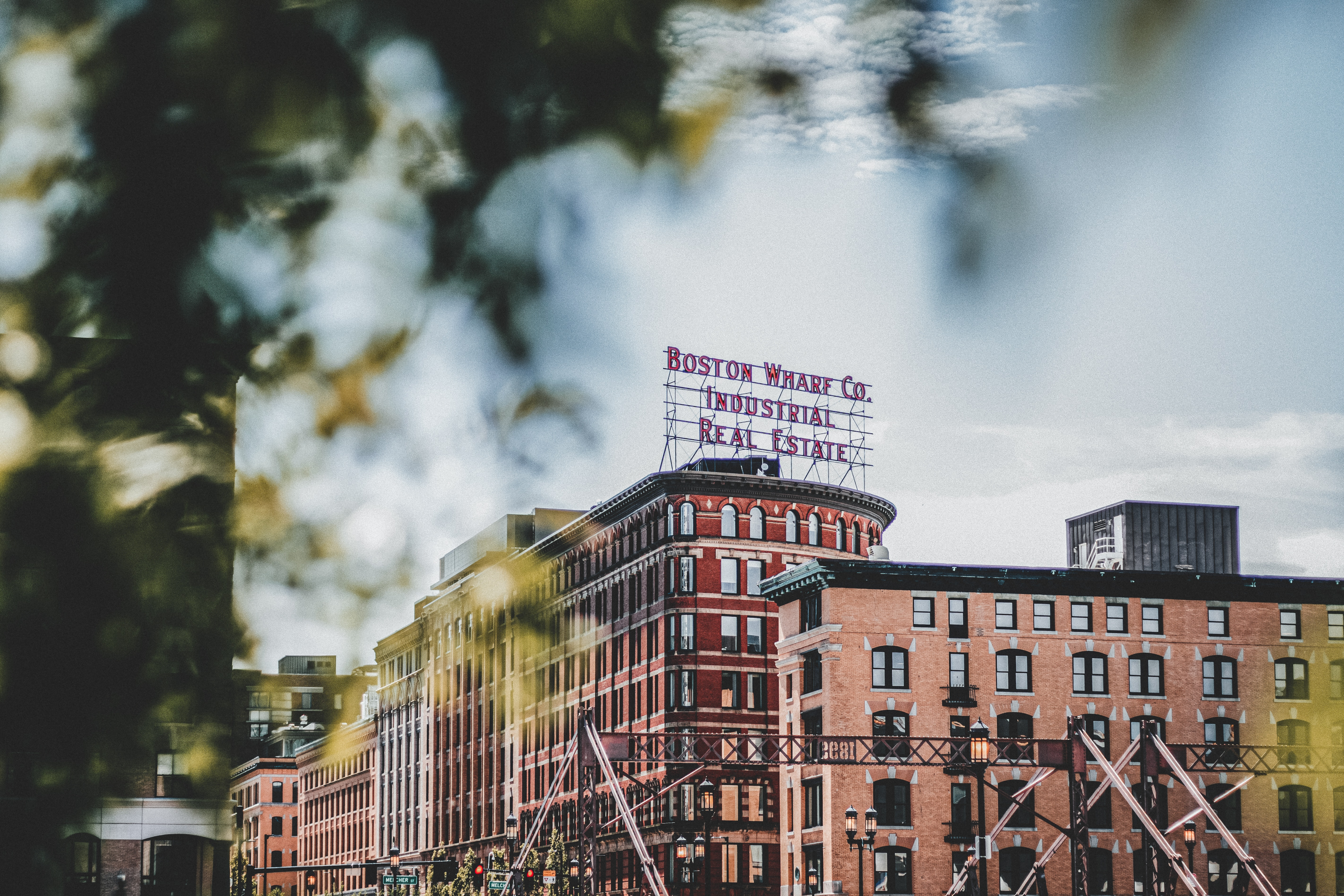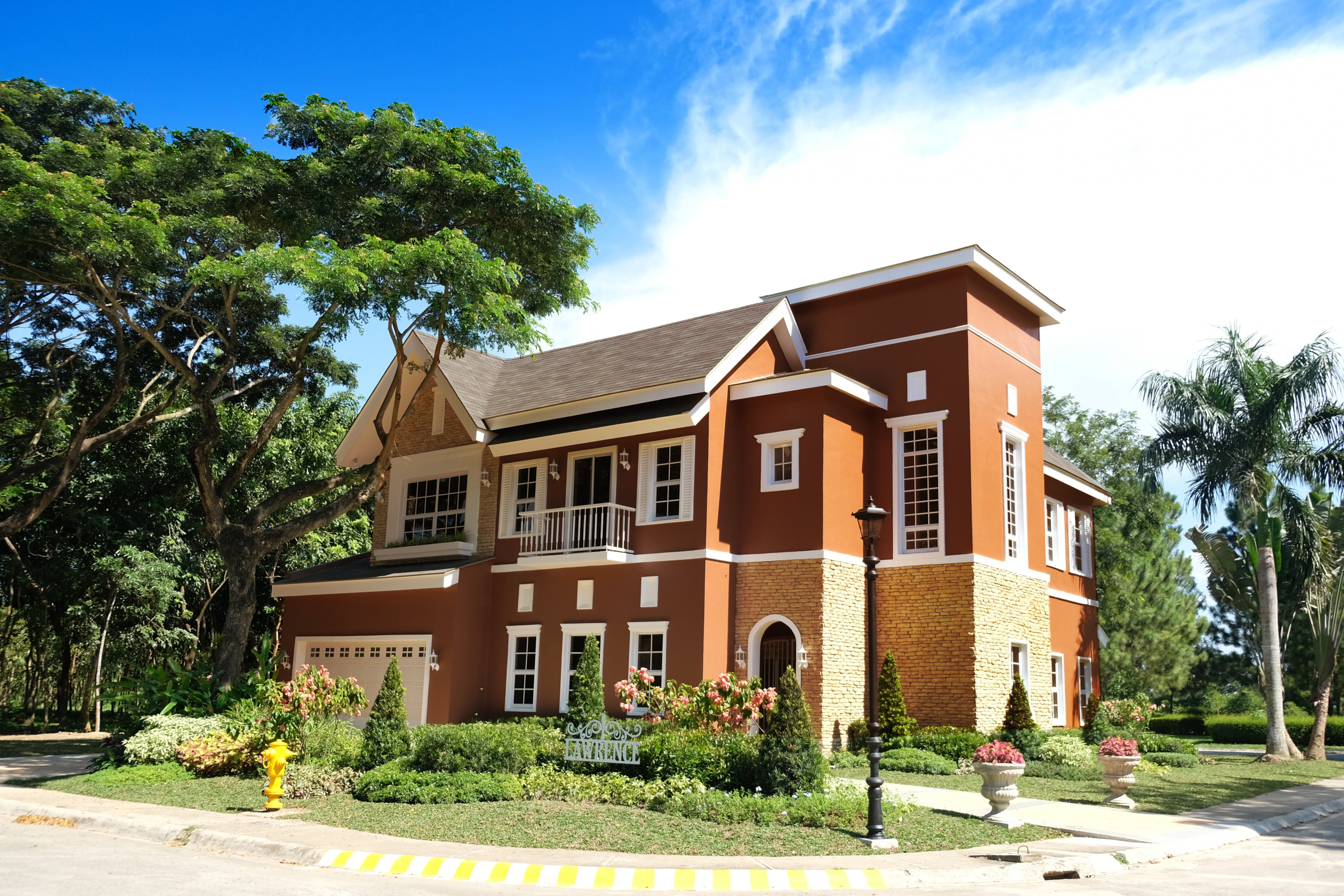BLOGS
The Basics of American Architecture
Bustling urban cities, impressive skyscrapers, and stunning city skylines—are the images that probably come to mind when thinking of a journey to the United States of America. Yes, America has some of the best high-rise buildings in the world indeed, but these are not the only things that American architecture can boast about.
Being the fourth largest country in the world, America’s recorded history is over a couple of centuries old. Many influences from different countries all over the world have shaped the country’s culture, including its architecture. This is why there is a wide range of architectural styles that is present in the country, which is evident in the heritage structures that have been preserved throughout the different states of America.

America is also home to many world-renowned architects, such as Frank Lloyd Wright, Philip Johnson, Daniel Burnham, Louis Khan, Walter Gropius, Ludwig Mies van der Rohe, Zaha Hadid, and Renzo Piano. Whether an architecture enthusiast leans towards historical styles, traditional styles, or modern ones, there is a massive list of options of notable American architectural spots that are just waiting to be admired in the flesh.
For those who are planning a visit to the U.S. to fancy some architectural wonders, it is good to have at least a basic knowledge of American architecture to be able to create a list of must-see places to visit before the flight.
The History of American Architecture
The Early History
Early American architecture started around the 16th century when the North American continent was first colonized. European invaders settled in the land that is now known as the United States of America and introduced construction techniques and structural systems from their homeland.
This made way for Colonial architecture, which was then adapted to suit the differing climates in other regions of America. The availability of building materials, the lack of trained manpower, and the people’s poverty at the time were also taken into consideration as technology evolved.
It was also recorded that around this time, the French government sent skilled builders such as European architects and engineers to New Orleans, which enabled domestic architecture to be at par with the buildings constructed in France. Afterward, the short Spanish domination of Florida also made an impact (now being called Spanish Colonial architecture), which produced complex buildings and structures.
In the southwest region of America, the Spanish architectural expression lasted more as it was used alongside the Native American techniques of construction using adobe. There was an increasing number of Mexican Baroque architectural styles observed in churches and in residential construction.
Years later, more people got trained and well-versed with architecture that have been taught using English architectural books. The contemporary English styles were then seen in Protestant church buildings like Christ Church in Philadelphia and St. Paul’s Chapel in New York City.
Neoclassical Style
Ancient Rome and Greek architecture have been a great influence on American architecture and the entire world. As the colonial period ends in America, the people were able to study the architectural styles of European countries. At the same time, the American Revolution took place which identified the young republic with the neoclassical style. When it comes to the decoration of interior space, the Adam style by Robert Adam was then adapted by America using Asher Benjamin’s pattern books.
In the era of neoclassicism, a massive aesthetic trend came about that is now called the Federal style. Some of the American designers who worked on this were Charles Bulfinch from Boston and Samuel McIntire from Salem. It also helped that some of the country’s presidents such as George Washington and Thomas Jefferson became heavily involved in urban planning and the construction of Washington, D.C. with the classical style as inspiration, driven by Ancient Rome’s ideals of beauty in harmony and proportion. This can be evidently seen in the elegant expression of the Virginia State Capitol at Richmond.
By the 19th century, architecture had become a field for professionals. It was greatly improved by American architects with the help of various influences throughout the country.
Revival Styles
Several revival styles arose in the United States. Along with classicism, the Colonial Revival style including the Spanish tradition, dominated as it was modified with influences from the East. These can be seen in preserved Colonial Revival homes. The Gothic revival style also became a famous technique used for churches and houses. Other popular European styles such as Italian villa, Romanesque, and Greek revival architecture styles were also noted.
By the time of the Civil War, American architects had begun to take notice of the Victorian style of architecture that was becoming popular in England. The Queen Anne style of houses, with their whimsical turrets and gingerbread trim, was particularly appealing. And so, American architects began to incorporate some of these features into their own designs.
The result was a unique blend of styles that came to be known as the Queen Anne Victorian. This style of architecture soon became very popular in the United States, and it can still be seen in many older homes today. If you’re looking for a truly unique home, look no further than the Queen Anne Victorian. These homes are sure to charm anyone who sees them.
One of the examples of the use of the Victorian Gothic style is the Pennsylvania Academy of the Fine Arts in Philadelphia by Frank Furness.
In Chicago’s World’s Columbian Exposition, classicism won again as the major firms that joined the event helped in the revival of the classical tradition in America. Despite classicism’s popularity, there were some exceptions to this, like the English Arts and Crafts movement that had a lasting influence in the United States.
Modern American Architecture
Later on, America finally became the leader in the development of advanced construction technologies. Around this time, one of the most impressive achievements of American architecture came to be—John and Washington Roebling’s Brooklyn Bridge. Many architects were able to make use of innovative building materials, including reinforced concrete, using cast iron and steel. The new designs and the use of modern materials also gravitate towards functionality. Some of the pieces of evidence of this era are the commercial buildings in Chicago and in major cities.
Frank Lloyd Wright, one of the finest architects of the twentieth century, pioneered a new approach to house design before World War I, which became known as the Prairie Style. Wright’s architectural style included principles of open planning with an emphasis on horizontal elements, facade elevations, and wide roofs.
European modernism also made influenced modern American architecture, which was later called the International style. It was used in the design of many corporate office buildings after World War II when architecture put a focus on functionality. New York City is filled with skyscrapers where the modern art style has been utilized.
Places to See American Architecture
Washington D.C.

A wide variety of foreign influences can be seen in Washington, D.C. Iconic architectural styles from Rome, Greece, France, England, and even Ancient Egypt are evident in the buildings in this city. Some of the must-visit spots are the United States Capitol Building and the Jefferson Memorial, which use a classical Roman style, modeled after the Patheon in Rome. Needless to say, it will be amazing to see the White House in the flesh and other interesting buildings in the city such as the Smithsonian Institute which looks like a medieval castle, and Eisenhower Executive Office Building which was designed using the Second Empire style.
New York

Who would not want to visit New York City? From America’s most iconic sights, the Statue of Liberty and Central Park, it is a must when making a trip to the United States. There is an abundance of magnificent high-rise towers that are considered the best in the world.
Architects and enthusiasts alike surely look forward to a visit to the Empire State Building, New York’s most famous landmark building, and a key tourist destination. The 102-story building has two observatories that both offer stunning views of the city and its neighboring states such as New Jersey, Connecticut, Pennsylvania, and Massachusetts.
Boston, Massachusetts

Speaking of Massachusetts, its puritan city—Boston—is home to architectural masterpieces featuring Victorian and colonial styles. The architecture in Boston is influenced by the Puritans, who arrived in 1962 from England. The city has plenty of admirable craftsman bungalows and classic Georgian and Victorian Tudors.
One of the must-visit places includes Trinity Church, which is the work of American architect Henry Hobson Richardson, who pioneered the Richardsonian Romanesque architecture style. This is identified by the round, masonry arches that the Trinity Church has. Also, the Massachusetts State House and Faneuil Hall would be great to visit for an example of a Federal-style.
Live in Brittany Santa Rosa’s American-themed homes!
One of the features of an American home, especially in the southern region, is the suburban life feel that highlights quiet and peaceful living. Some of the prominent design elements used are white picket fences that show a classic style along with their functionality.
In the Philippines, Brittany Corporation built a themed community that was inspired by the beauty of South American homes. Experiencing the American countryside lifestyle is no longer exclusive to travel to the United States, it can also be experienced here in Brittany Santa Rosa’s community!

Complete with exterior features exactly that are common to American-style homes, the serene community of Brittany Santa Rosa ensures a luxurious lifestyle amidst a nature reserve that completes the suburban experience. However, it remains accessible via a short trip to the metro. It is an investment in a world-class dwelling experience for the entire family.
Get to know Brittany Corporation and its luxury real estate developments! Visit their website or follow their social media pages for the latest updates on their luxury house and lot for sale and luxury lots in Brittany Santa Rosa and other locations in the Philippines.
Next Read: The Basics of Swiss Architecture

















